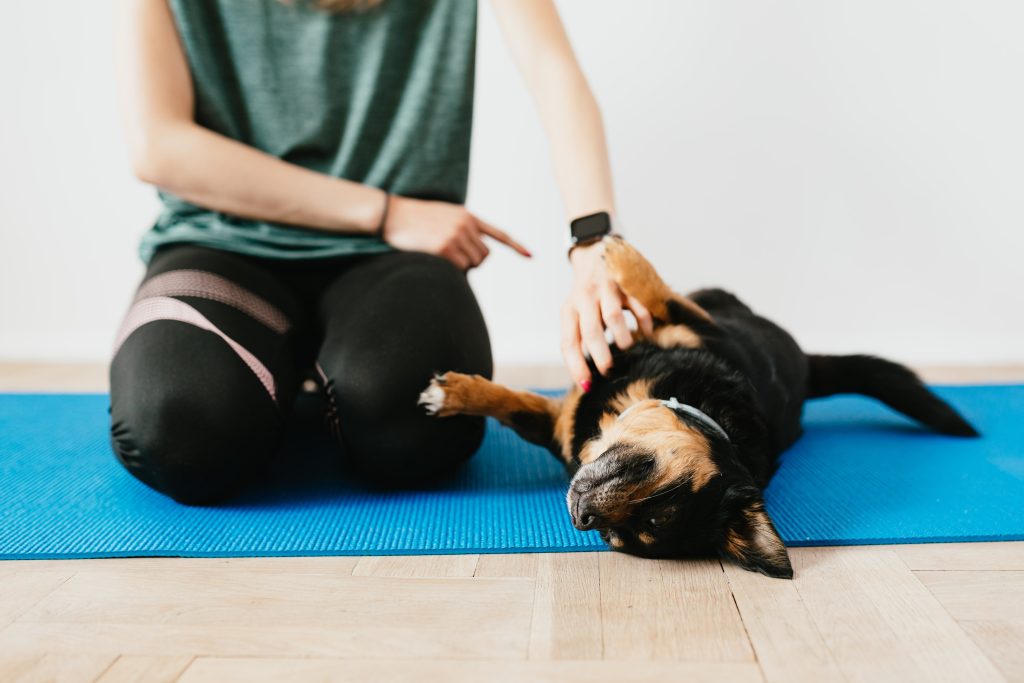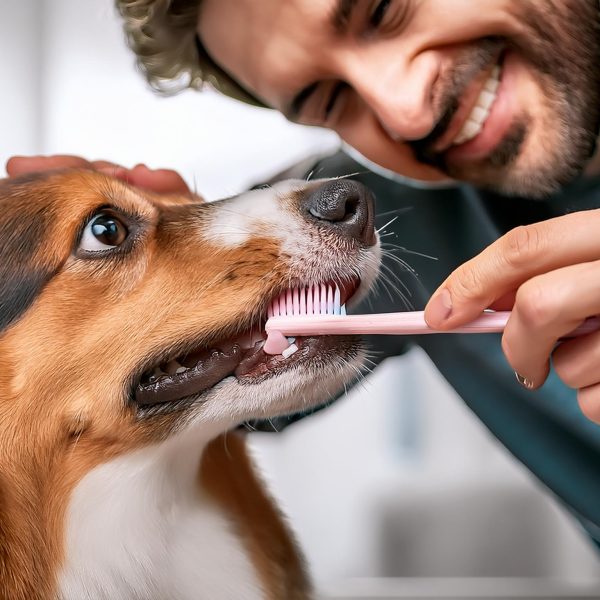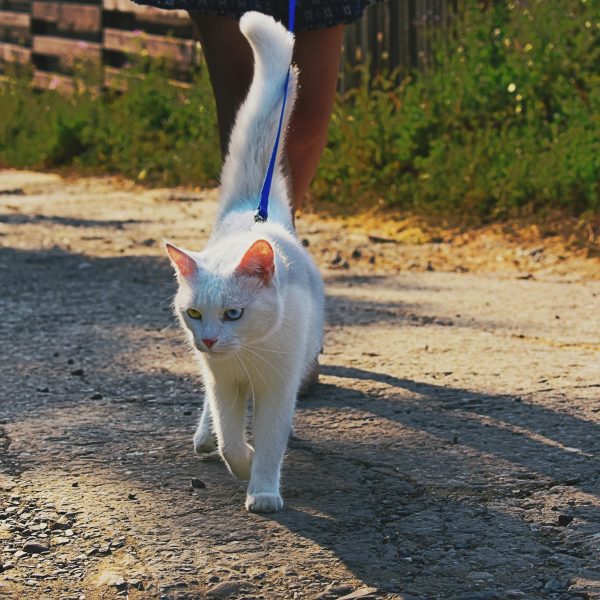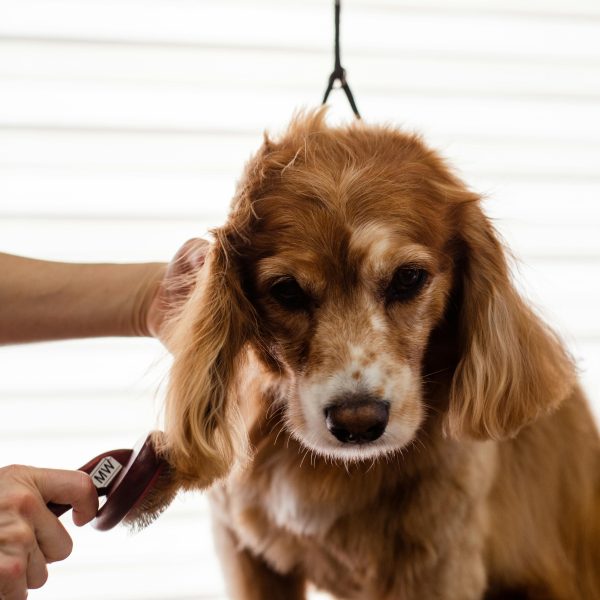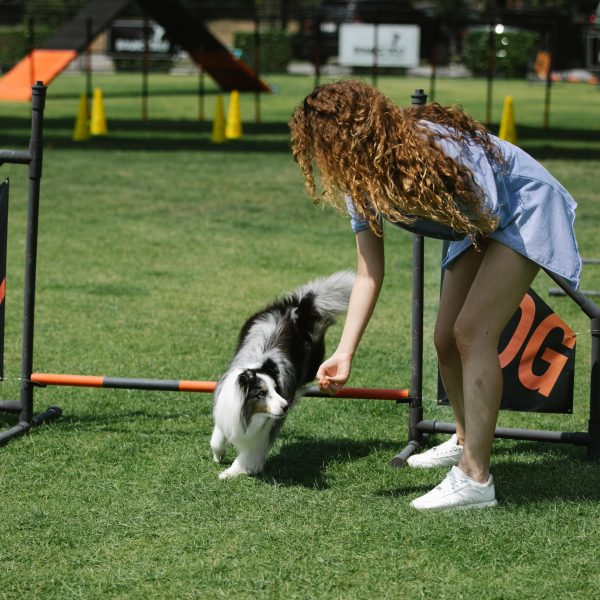Bringing a furry companion into your home is a joyous occasion, but it also entails the responsibility of ensuring your dog behaves well within your family and community. Teaching your dog basic obedience commands is not just about having a well-behaved pet; it’s about building a strong bond, establishing communication, trust, and creating a stress-free environment. In this article, we will delve into the fundamentals of training your dog in obedience commands, providing insights and practical tips to transform your furry friend into a polite and obedient companion.
Understanding the Significance of Basic Obedience
Basic obedience commands serve as the foundation for a well-behaved dog, ensuring not only effective communication but also the safety of your dog and those around them. A trained dog is more likely to participate in family activities, social outings, and public spaces, enhancing the overall experience of pet ownership.
Key Commands
a) Sit
The “sit” command is fundamental and serves as a basis for many other commands. To teach your dog to sit, hold a treat near their nose and gradually raise it above their head. As they follow the treat, their backside will naturally lower. Reward them with the treat and offer words of encouragement.
b) Stay
“Stay” is crucial for your dog’s safety in risky situations. After instructing your dog to sit, extend your palm towards their face, gently say “stay,” take a step back, and then return to reward them with praise and a treat. Gradually increase distance and duration as your dog becomes more comfortable with the command.
c) Come
The “come” command can be a lifesaver in various scenarios. Start in an enclosed area, call out your dog’s name followed by “come,” and reward them with treats and affection when they approach. Consistency is key for a strong recall response.
d) Down
Similar to “sit,” teaching your dog to lie down on command is achieved through the “down” command. Hold a treat close to their nose, gradually lower it towards the ground, and reward them when they are in the down position. Positive affirmations reinforce the command.
e) Leave It
The “leave it” command is essential for preventing unwanted behavior. Hold a treat in your hand, present it to your dog, say “leave it,” and close your hand firmly. Reward them when they stop attempting to get the treat, praising their self-control.
Training Tips
a) Consistency
Consistency is vital; use commands and hand signals consistently, ensuring all family members follow the same approach. Inconsistency can confuse dogs and hinder the learning process.
b) Positive Reinforcement
Utilize positive reinforcement methods such as treats, praise, and affection immediately after your dog performs the desired behavior. Keep training sessions short and engaging to prevent boredom or frustration.
Common Training Challenges
- Distractions: Start training in a controlled space and gradually increase distractions.
- Inconsistent Commands: Ensure everyone in your household uses the same commands and hand signals for consistency.
- Lack of Motivation: Experiment with higher value treats or toys to keep your dog motivated during training.
Moving Beyond Basic Training
Once your dog masters basic obedience commands, explore advanced training techniques and fun tricks to stimulate them mentally. Consider joining group obedience classes or seeking guidance from a professional trainer to elevate your dog’s training.
Teaching your dog obedience commands is an enriching journey that enhances both your and your pet’s quality of life. Embrace the process, celebrate achievements, and enjoy the fulfilling experience of raising a well-mannered canine companion.

